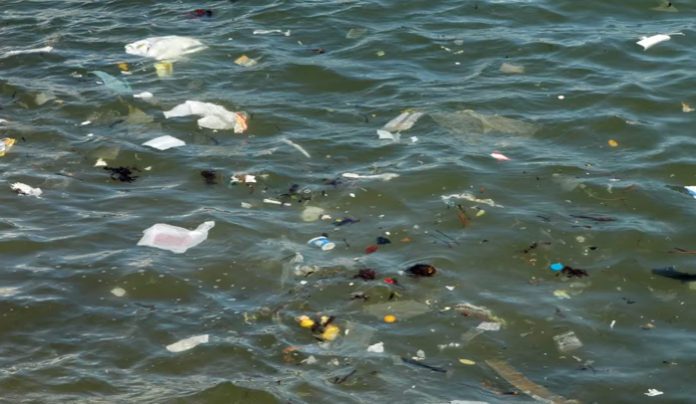The Great Pacific Garbage Patch is more than just one big collection of debris. It’s two of them. There is a western garbage patch and an eastern garbage page, with more floating debris located along the subtropical convergence zone. These areas of spinning debris collect anything that may be dumped in the water and carried by currents to a central gyre where movement is limited.
As for solutions to the Great Pacific Garbage Patch, the main idea is to create products that are biodegradable. Much of the trash in this area is made up of plastics that do not wear down. They just break apart into tinier pieces, much like an old-school game of Asterioids. It’s really a big, swirling mix of micro-plastics more than an island of landfill-worthy trash.
So how do we get this cleaned up?
1. Stop using disposable plastics.
The fastest way to clean up the Garbage Patch is to stop contributing to it. This means reducing or eliminating the use of disposable plastics. That doesn’t necessarily mean that all plastic products should be prohibited. It just means we need to be smarter about what products we use to meet our daily needs and how we treat them when we’re done using them.
2. Create educational campaigns.
You’ll find numerous organizations, such as the Plastic Pollution Coalition, are taking advantage of social media to raise awareness about the Great Pacific Garbage Patch. Direct action campaigns which support local transition efforts from disposable to biodegradable plastics are also encouraged.
3. Subsidize the transition to biodegradable products at a national level.
If any one country tried to clean up the Garbage Patch on their own, it would likely cause them to enter bankruptcy. One estimate showed that it would take 67 cleanup ships a full year to make a 1% reduction in the Garbage Patch. What we can do is subsidize the transition to better plastics at local, regional, and national levels to reduce waste.
4. Create new collection platforms that will filter the plastics from the water.
At a 2012 TEDx presentation, Boyan Slat offered a conceptualized solution that would use collection arms and platforms to filter out the plastics from the water without interfering with micro-life in the sea. It would work by allowing the debris to drift into the collection platforms on its own, making the work efficient due to the use of floating booms. According to Slat’s calculations, this could clean up every garbage patch in the world’s oceans in just 5 years.
5. Use the Garbage Patch to create new products.
From clothing by Marina DeBris to containers by Method that use recycled ocean plastic, there are many products being made today from the Garbage Patch. Encouraging new products would help to increase the harvest of the trash and reduce its negative environmental effects.
Every ocean has its own garbage patch. The Great Pacific Garbage Patch just happens to be the largest of them. With a little work and some ingenuity, it is clear that we can reduce or eliminate this trash in our waters over time.
Crystal Lombardo is a contributing editor for Vision Launch. Crystal is a seasoned writer and researcher with over 10 years of experience. She has been an editor of three popular blogs that each have had over 500,000 monthly readers.


















